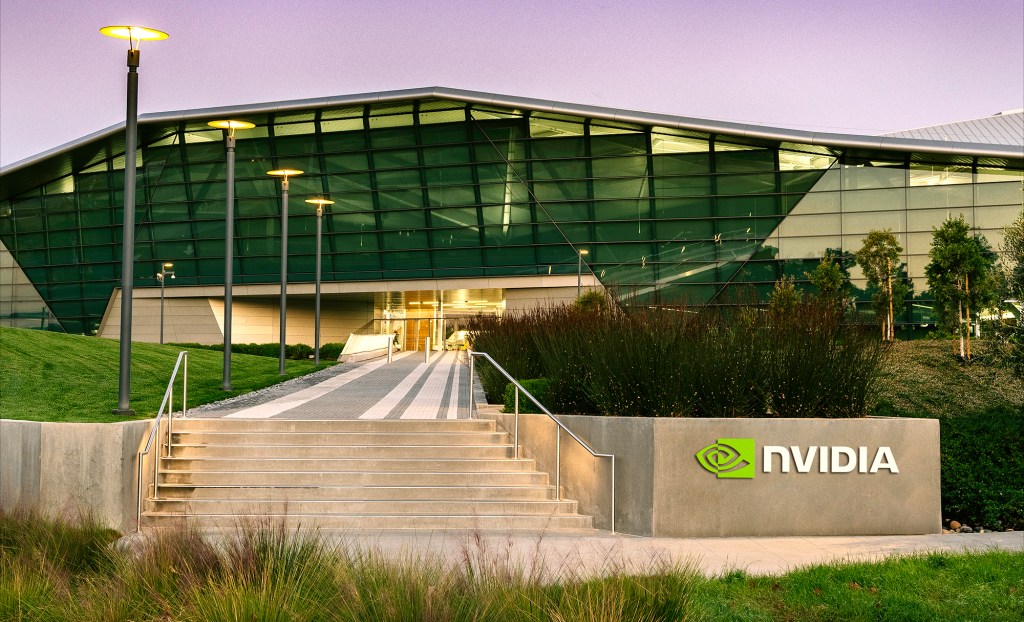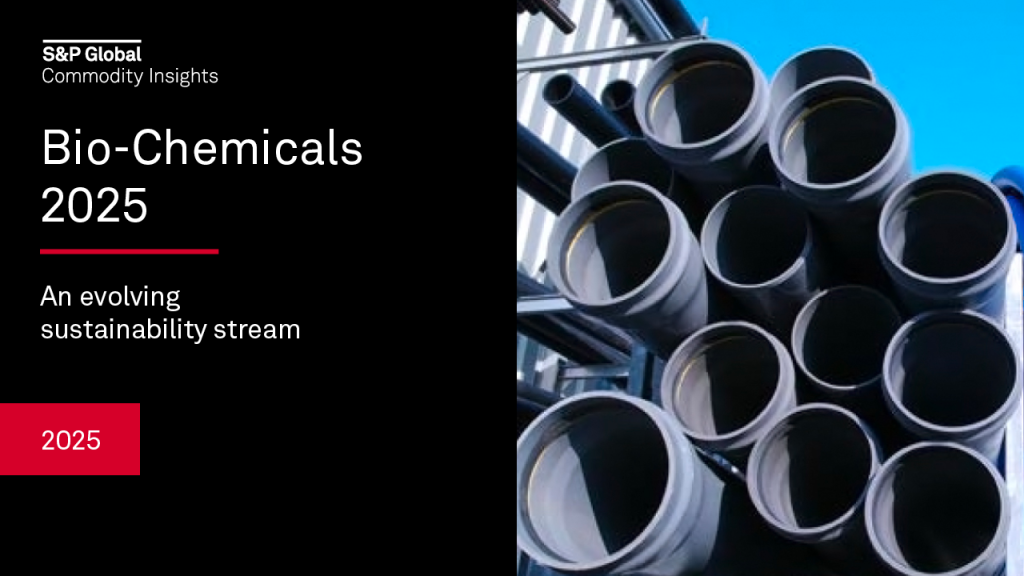NVIDIA’s top ESG priority: Slash the power gobbled by its AI chips
The company’s emissions for operations and energy use are tiny compared with the carbon footprint from making and running its chips. Read More

- NVIDIA’s first validated, science-based targets were disclosed in June 2025.
- There’s no specific pledge to reduce absolute supply chain emissions.
- Its latest AI chips are 25 times more energy-efficient than their predecessors.
NVIDIA, the world’s most valuable company with a $4.3 trillion market capitalization, adopted its first corporate social responsibility strategy almost 20 years ago. From the start, its agenda centered largely on human rights, supply chain management and philanthropic issues.
Its priorities shifted in August 2023, when the company hired the assistant general counsel from hard drive maker Western Digital, Josh Parker, to revamp its sustainability strategy. Two years later, the company has stepped up its emissions reduction initiatives with two new commitments, validated by the Science Based Targets initiative (SBTi) and disclosed in June.
But the biggest priority for NVIDIA’s sustainability team is advocating and steering continuous improvements in the energy efficiency of its graphics processors, a crucial component of the construction boom in data centers meant to power artificial intelligence.
“We cannot unlock the next level of performance for AI if we don’t deliver really dramatic improvements in energy efficiency,” Parker said. “It becomes a practical necessity to help us advance AI. It also is exactly what our customers want, because it lowers their total cost of ownership, of course, and also makes it easier just to build data centers in an energy supply-constrained environment.”
NVIDIA’s biggest buyers — including cloud companies Amazon Web Services, Google and Microsoft — desperately need to speed up AI processing times to have any hope of reaching their emissions reduction pledges. A single “AI factory” can use 100 to 200 megawatts of power annually — that’s on par with a traditional manufacturing facility, as NVIDIA CEO Jensen Huang notes in the company’s 2025 sustainability report.
“We work very closely with our customers on decarbonization,” Parker said.
NVIDIA’s latest technology architecture, Blackwell, is 25 times more energy-efficient than its predecessor and 50 times more efficient than competitive offerings, according to the company. Translation: 40 trillion watt-hours of electricity can be saved annually by using technology accelerated with its graphics processors, NVIDIA estimates.
The company will use a new SBTI-validated emissions intensity pledge to measure ongoing progress: the goal is to reduce the emissions intensity from use of its products by 75 percent per PetaFLOP, or one quadrillion floating-point operations per second.
“It’s the operation of our products that is, by far, the biggest impact from an emissions perspective,” Parker said. “So whatever we can do to make our products more energy efficient is the most impactful thing we can do.”
Deeper focus: supplier emissions
The emissions associated with NVIDIA’s production activities, however, are also skyrocketing. The company’s greenhouse gas inventory doubled from 2023 to 2025, to 6.9 million metric tons of carbon dioxide equivalent, according to its 2025 sustainability report.
NVIDIA’s reduction targets call for a 50 percent cut for operations (Scope 1) and electricity consumption (Scope 2) by 2030, which account for less than 1 percent of the total. The company is “fabless,” meaning it relies on partners to manufacture its chips. The biggest single portion of NVIDIA’s reported footprint is purchased goods and services at about 6 million metric tons of carbon dioxide equipment in FY25.
Two years ago, NVIDIA adopted a pledge to encourage two-thirds of its suppliers to adopt validated emissions reduction targets by 2026. It beat that goal by a year with 80 percent for the fiscal year ended Jan. 26. It has required reporting on water, energy and emissions since the 2014 timeframe.
“Setting our own science-based target was actually one of the things we thought was important to do before becoming more ambitious with our supply chain decarbonization, because we want to make sure our suppliers know that we’re doing the same things we’re expecting of them,” Parker said.
NVIDIA is stepping up the push, although it will stop short of mandating them. “What we’re doing is asking them to set science-aligned targets — so, targets that are consistent with the Paris Agreement,” he said. “We’re not requiring that they be validated by SBTi.”
The bulk of NVIDIA’s supply chain lies outside the U.S. — the single biggest facility being built on its behalf is in Guadalajara, Mexico. But the company has said it will spend $500 billion to ramp up domestic manufacturing, with facilities planned in Texas.
Parker’s corporate sustainability team of six people reports to a steering committee that includes members of NVIDIA’s executive leadership; it also updates a board-level governance committee semiannually. The next phase of NVIDIA’s strategy is a work in progress.
“What we’re doing now is tactically trying to find what’s the best path,” he said. “Does it involve more domestic manufacturing in the United States? Does it involve more advocacy for regulatory reform? Does it involve investment in local renewable energy projects? We’re trying to figure out where the bottlenecks are, and then working both upstream and downstream to try to tackle these together.”

Subscribe to Trellis Briefing
Featured Reports
















